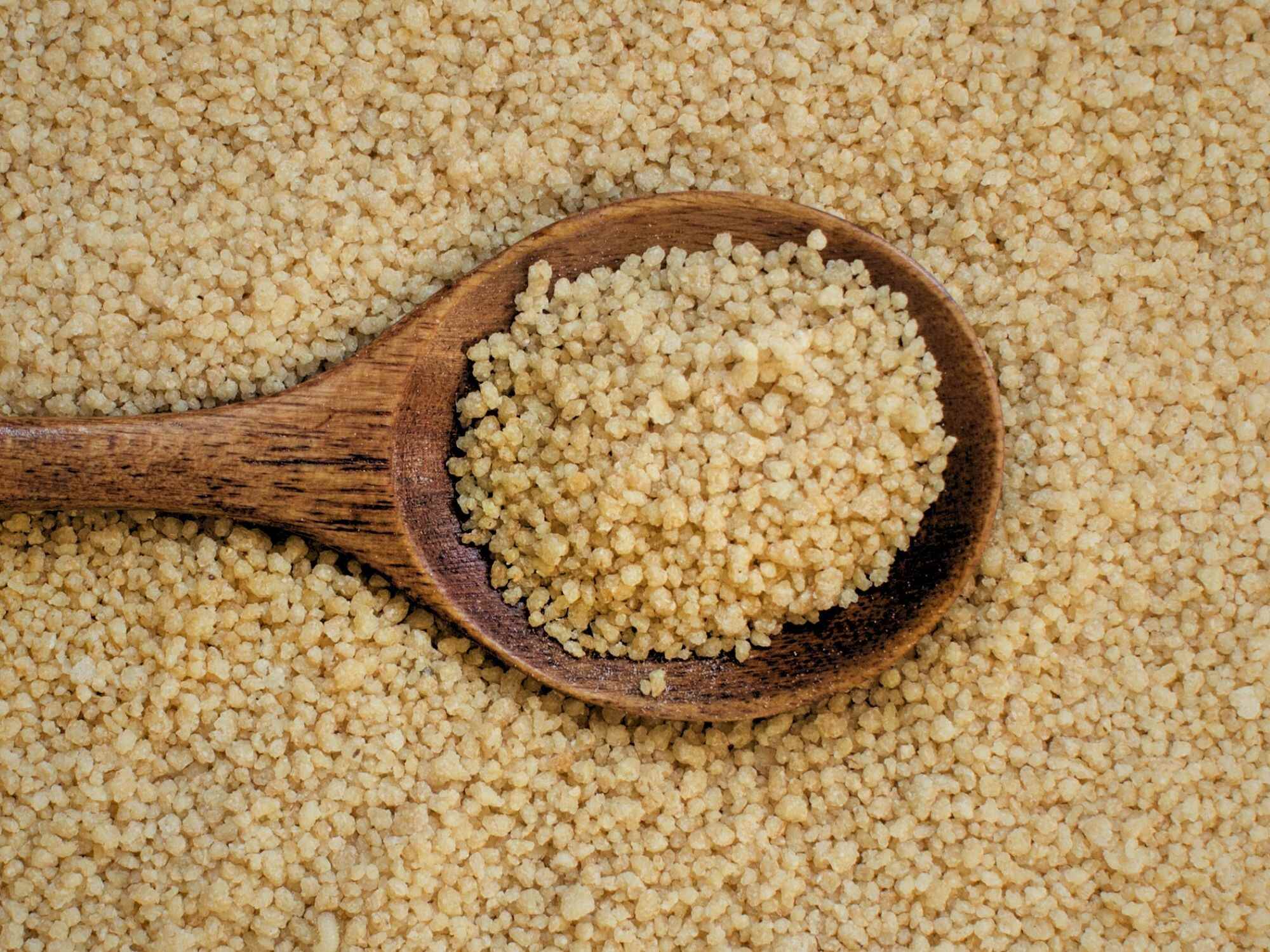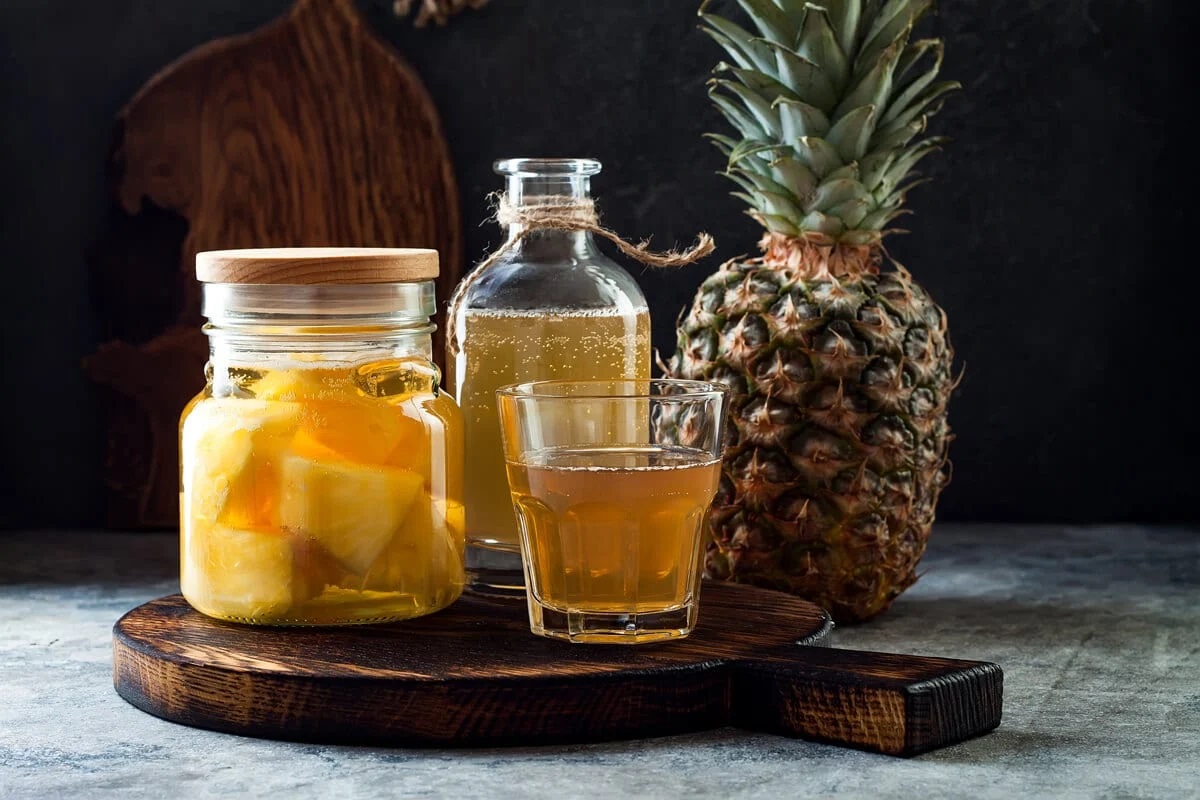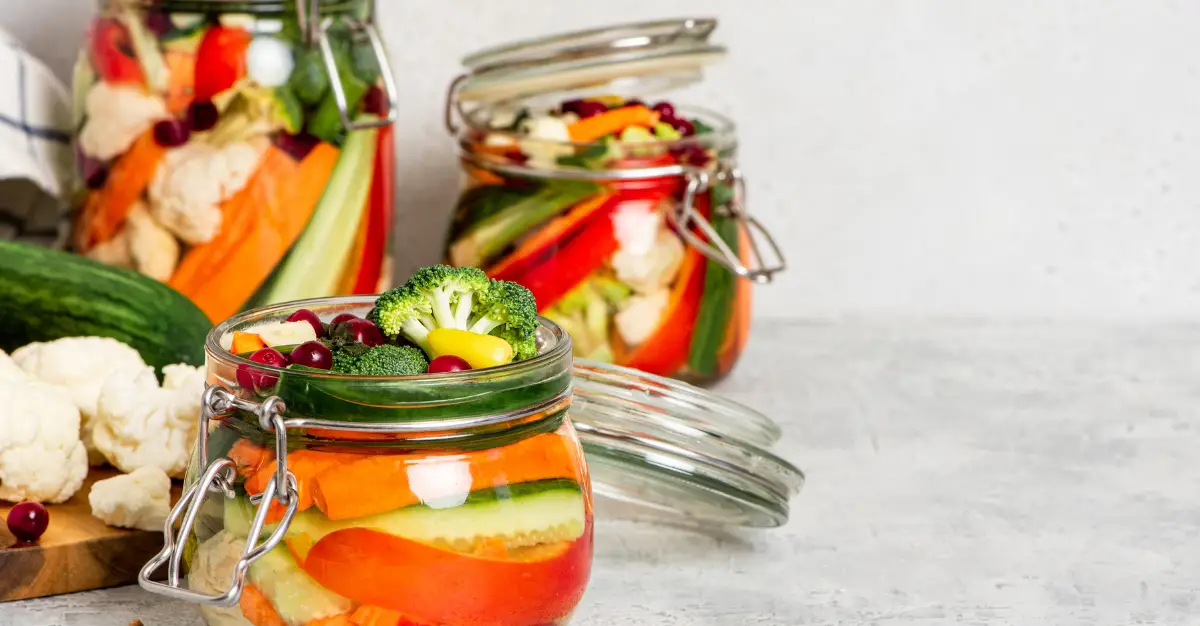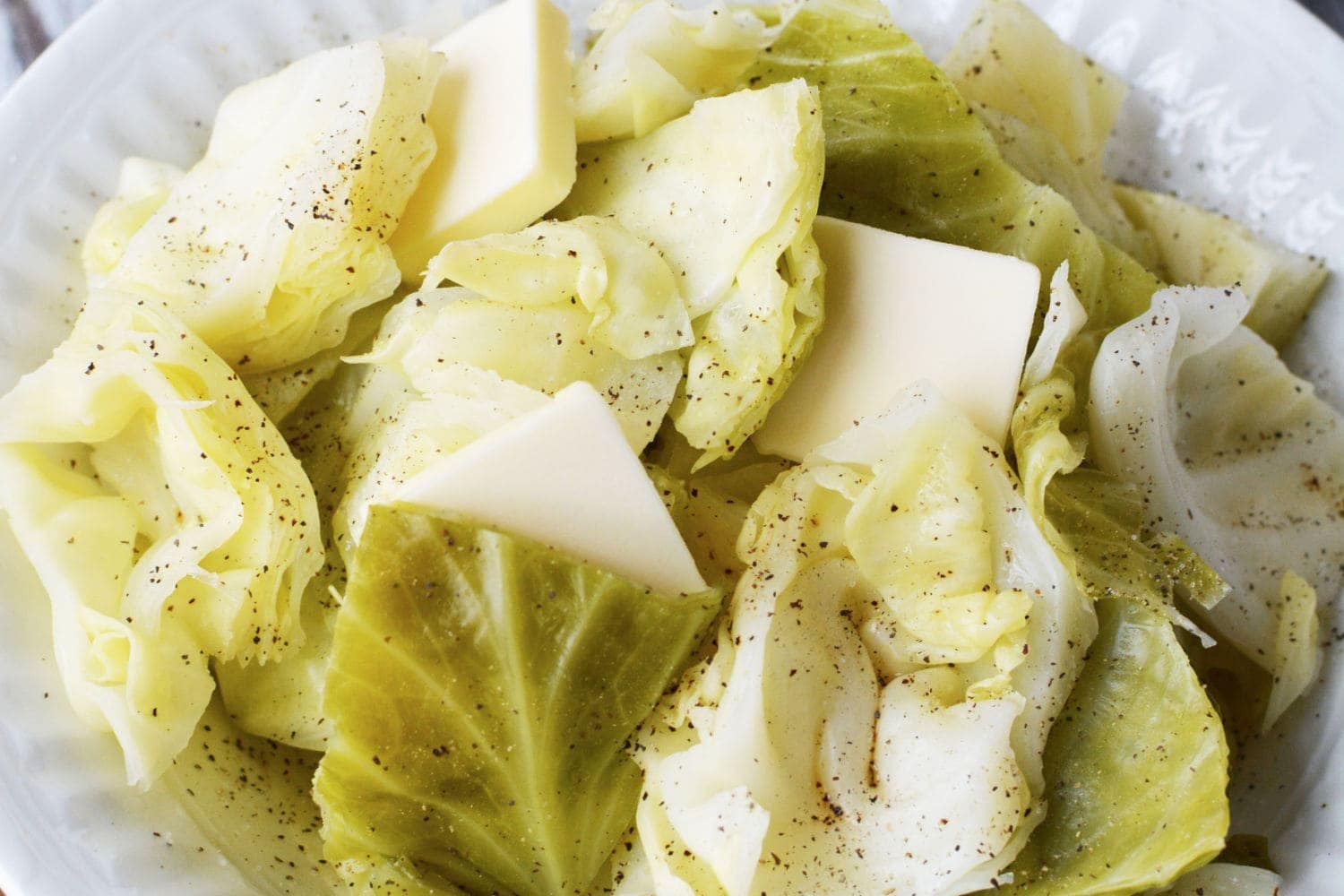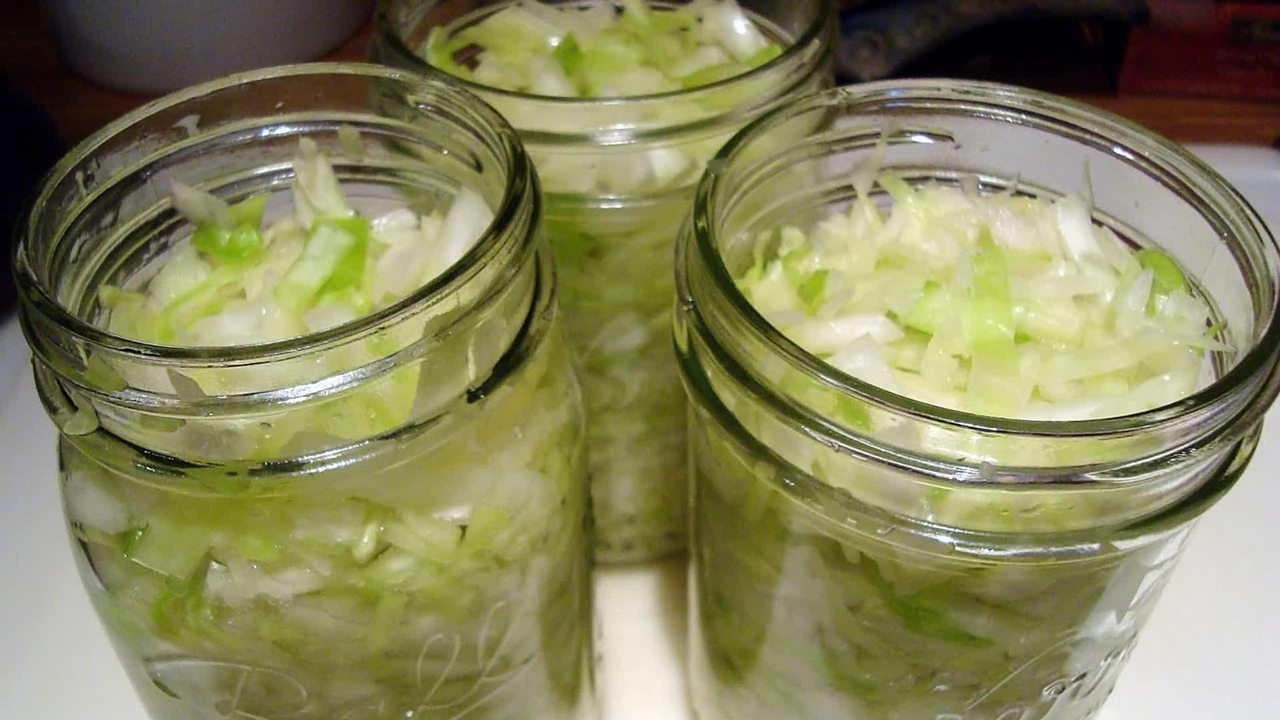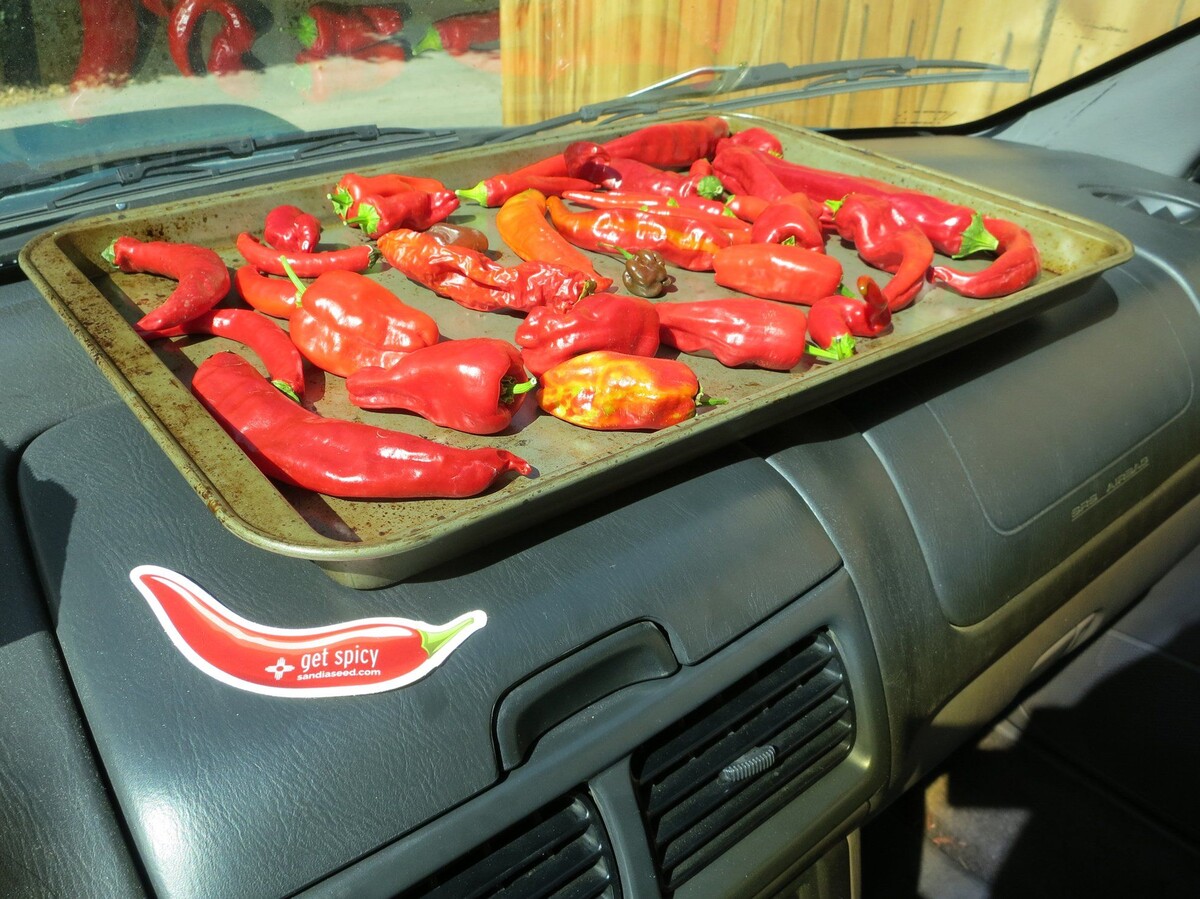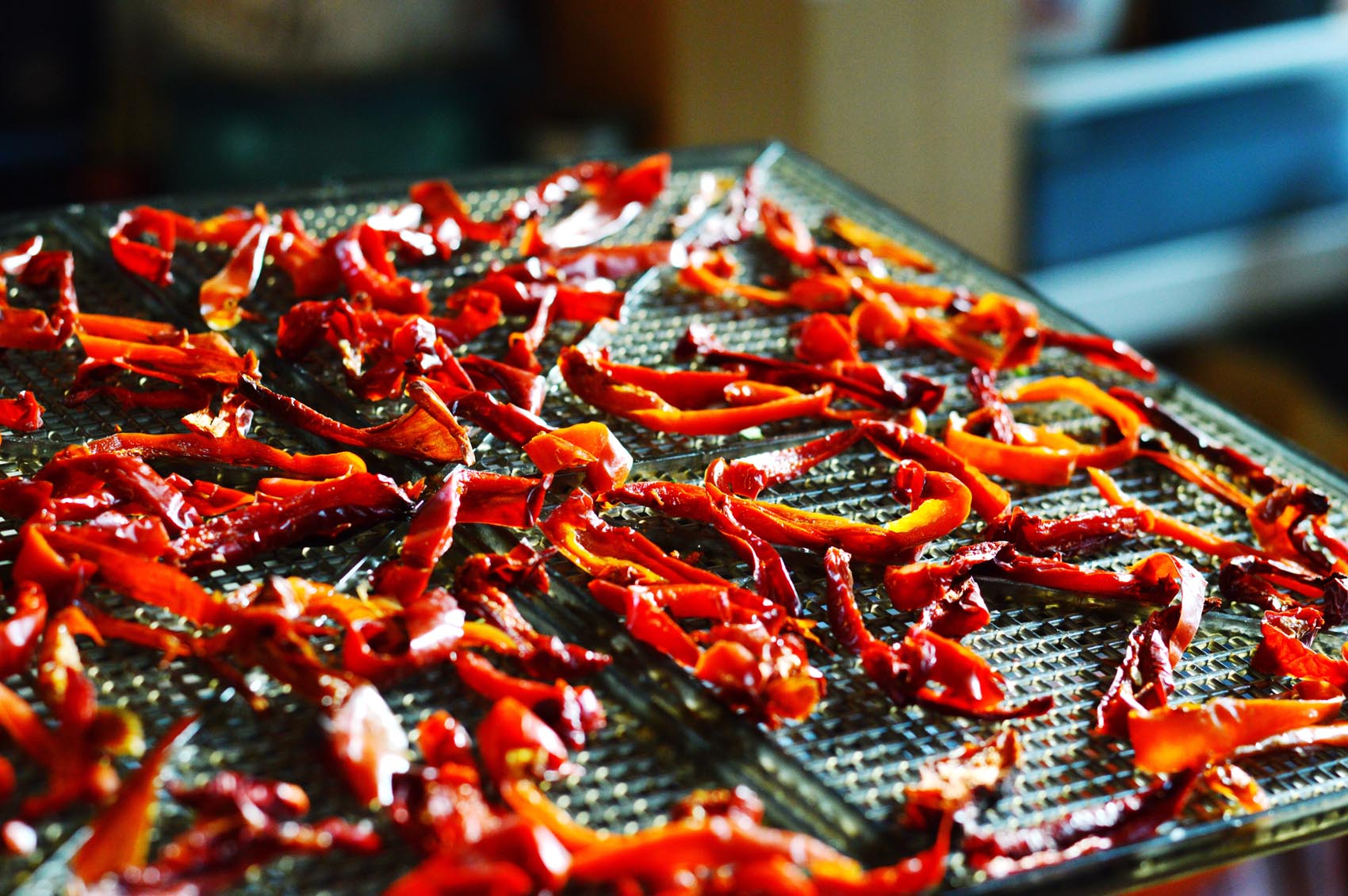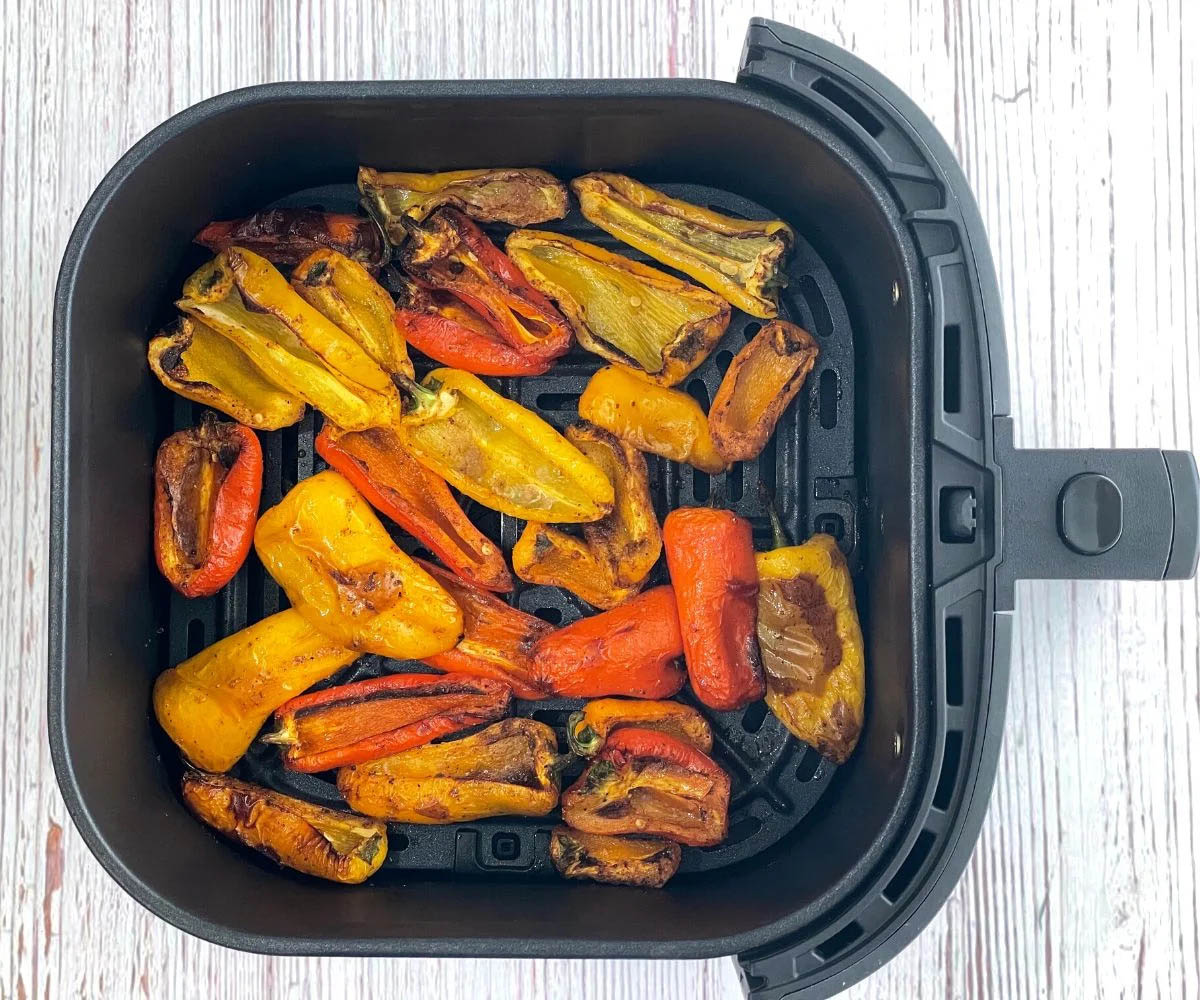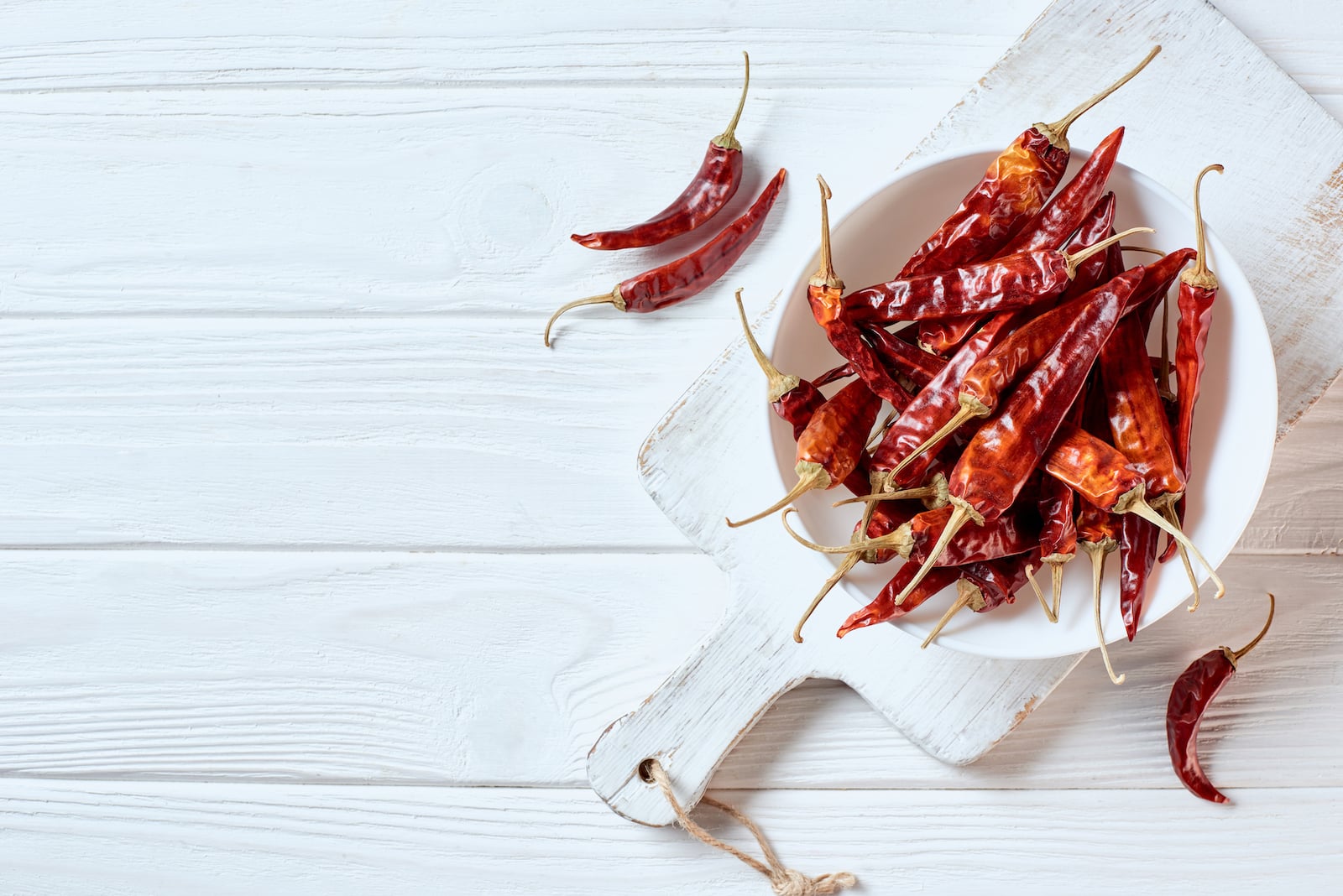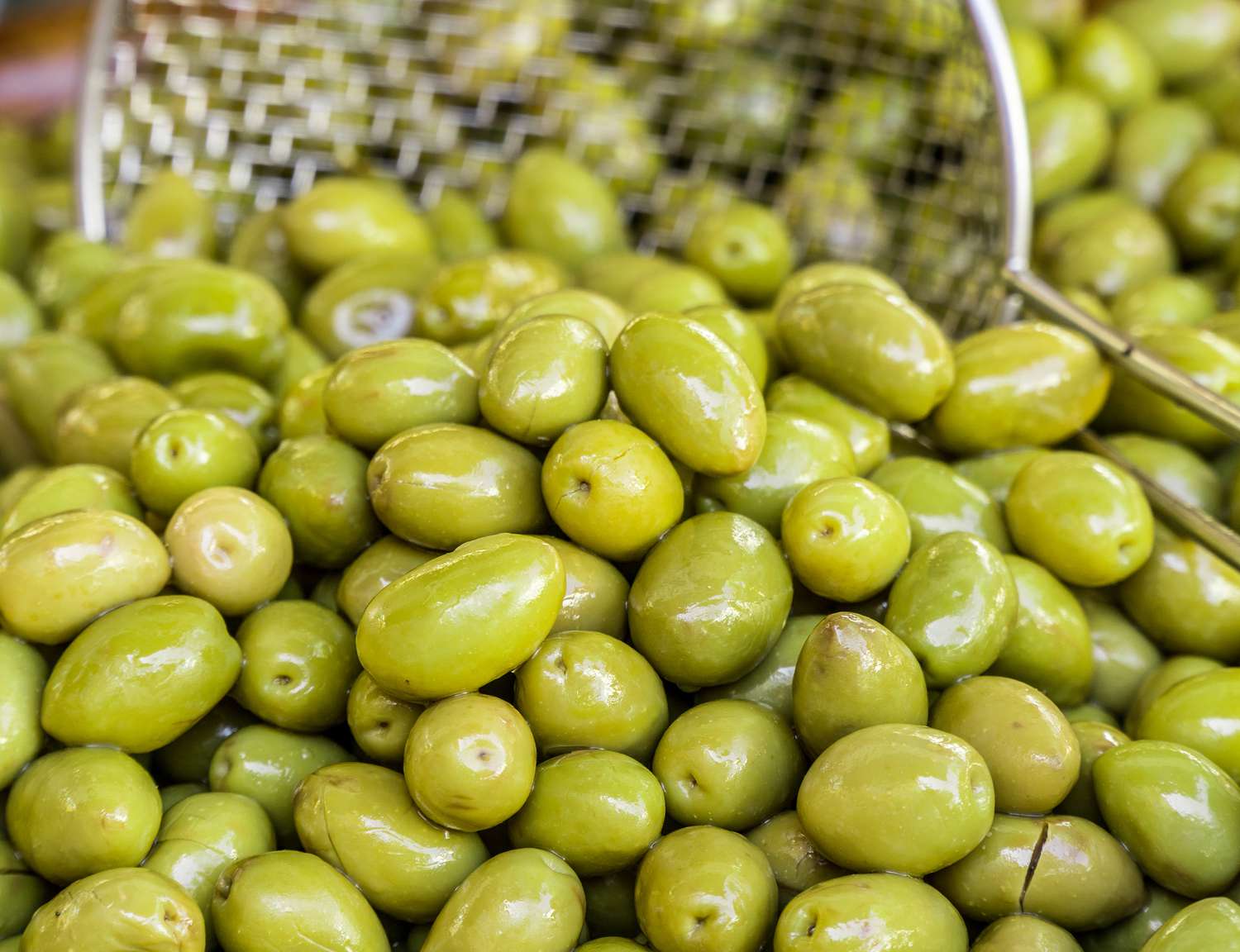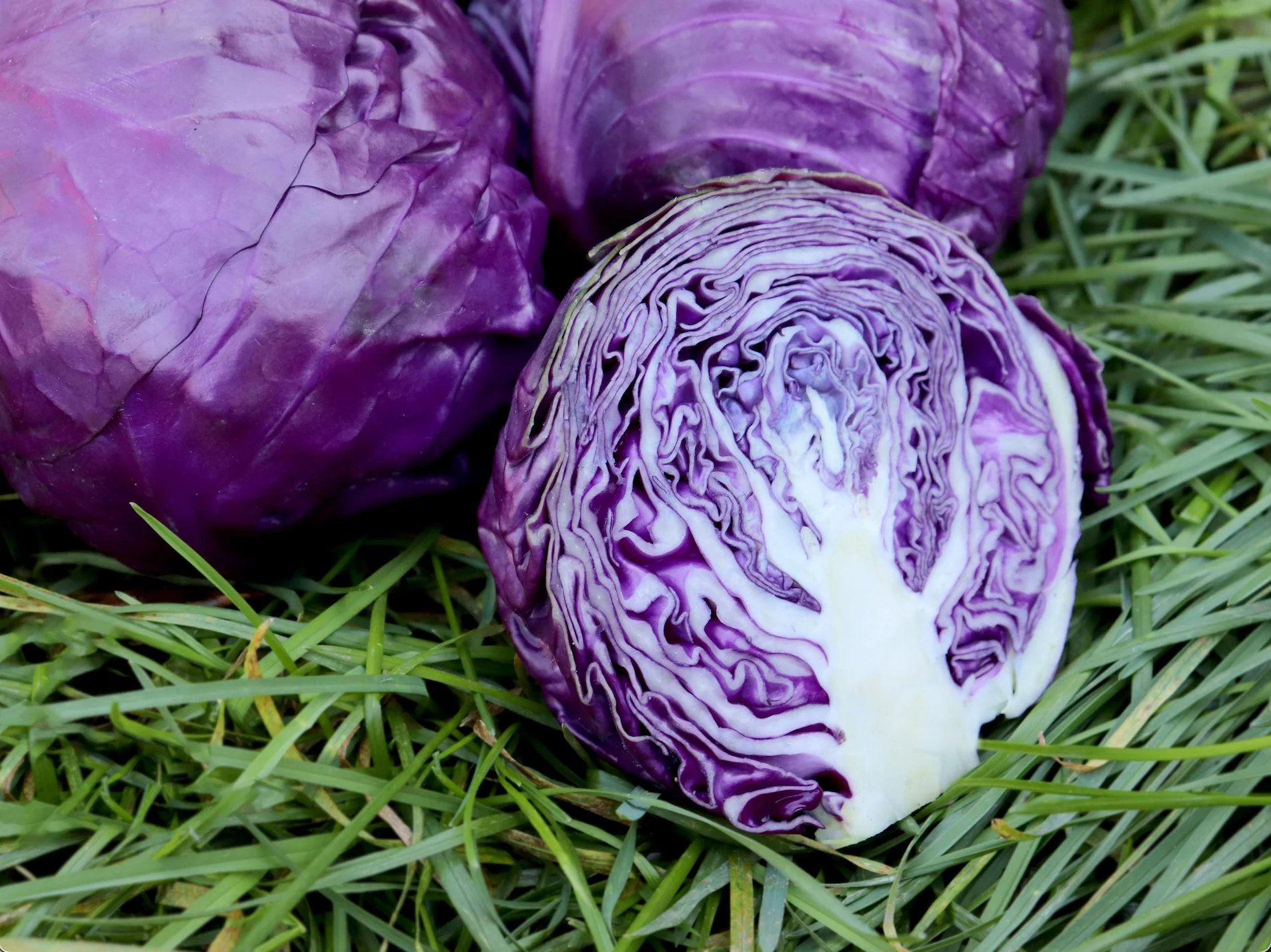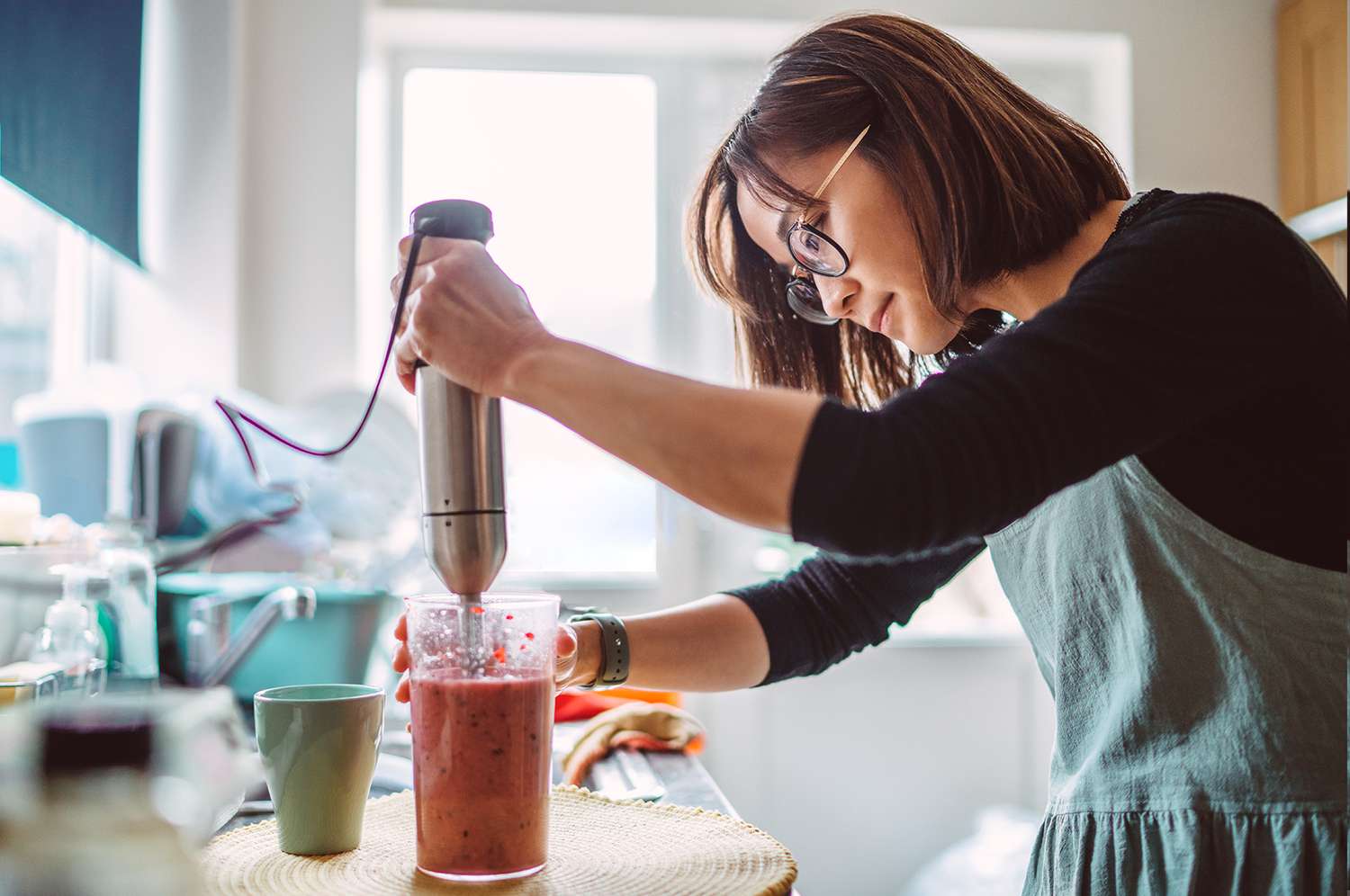Unlocking the Potential of Blackberry Leaves: A Guide to Fermentation
Blackberry leaves are not just a byproduct of enjoying the delicious fruit. They also offer a wealth of health benefits and can be used in a variety of ways. One popular method of harnessing their potential is through fermentation. Fermenting blackberry leaves not only preserves their nutrients but also enhances their flavor. If you’re curious about how to ferment blackberry leaves, read on for a simple and effective method.
What You’ll Need
Before you begin the fermentation process, gather the following items:
- Fresh blackberry leaves
- Clean glass jar with a tight-fitting lid
- Filtered water
- Sea salt
- Weight or fermentation stone
The Fermentation Process
Now that you have everything ready, it’s time to start fermenting the blackberry leaves. Follow these steps:
- Thoroughly wash the blackberry leaves to remove any dirt or debris.
- Place the clean leaves in the glass jar, filling it about three-quarters full.
- In a separate container, mix 2 tablespoons of sea salt with 1 quart of filtered water to create a brine solution.
- Pour the brine over the blackberry leaves, ensuring they are completely submerged. Leave about an inch of space between the brine and the top of the jar.
- Place a weight or fermentation stone on top of the leaves to keep them submerged in the brine.
- Seal the jar with the lid and store it in a cool, dark place, away from direct sunlight.
- Allow the blackberry leaves to ferment for at least 7-10 days, checking on them periodically.
Monitoring the Fermentation
During the fermentation process, it’s essential to keep an eye on the blackberry leaves to ensure everything is progressing as it should. Here are a few things to watch for:
- Bubbling: You may notice bubbles forming in the brine, indicating that the fermentation is active.
- Aroma: As the leaves ferment, they will develop a pleasant, tangy aroma.
- Color: The brine may take on a slightly darker hue as the fermentation progresses.
Enjoying the Fermented Blackberry Leaves
Once the fermentation period is complete, you can reap the rewards of your patience and effort. The fermented blackberry leaves can be used in a variety of ways, such as:
- Adding them to salads for a unique and tangy twist
- Using them as a flavorful wrap for rice or quinoa dishes
- Incorporating them into homemade pickles for an extra layer of flavor
Remember to store the fermented blackberry leaves in the refrigerator to maintain their freshness and flavor. With this simple fermentation process, you can elevate the humble blackberry leaves into a versatile and nutritious ingredient for your culinary creations.
Experiment with different recipes and discover how fermented blackberry leaves can enhance the flavor profile of your favorite dishes. Happy fermenting!
Was this page helpful?
Read Next: How To Ferment Artichoke
